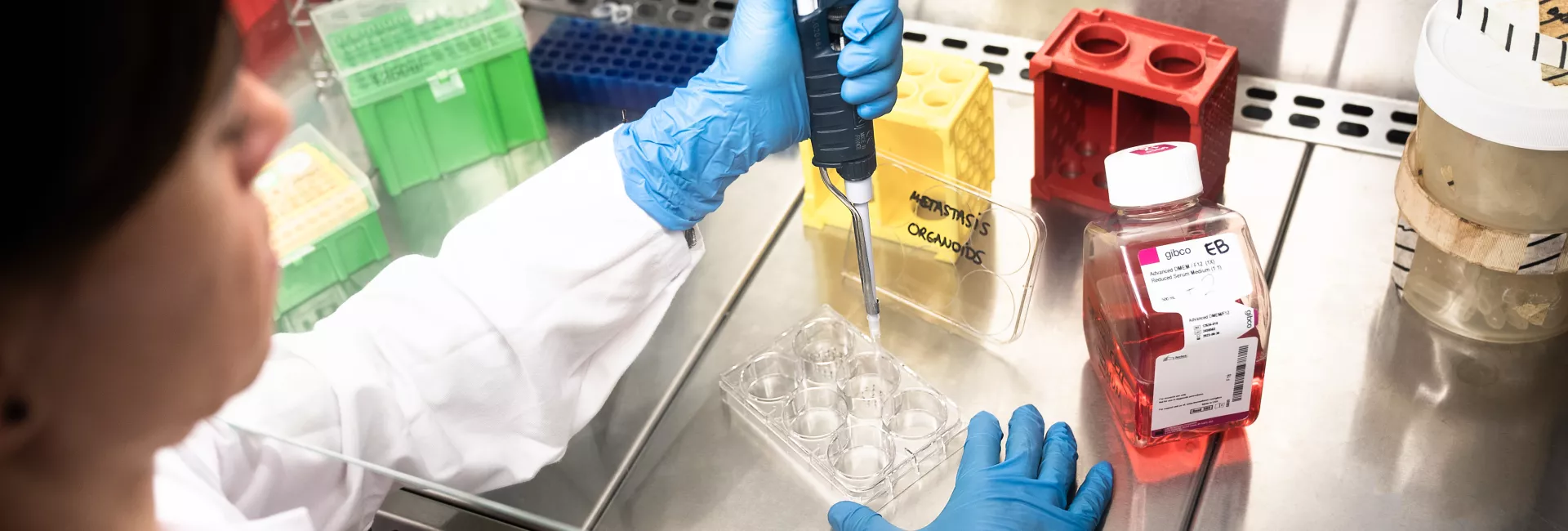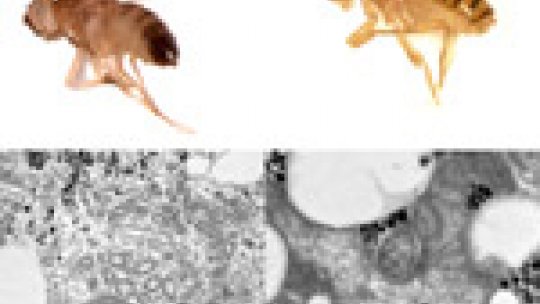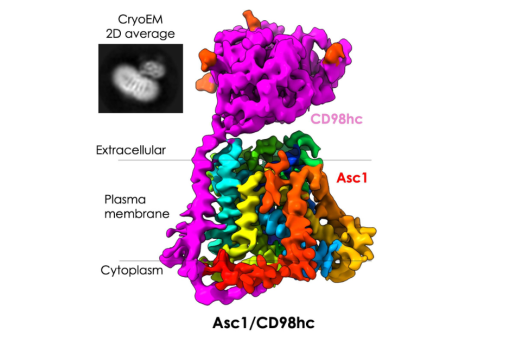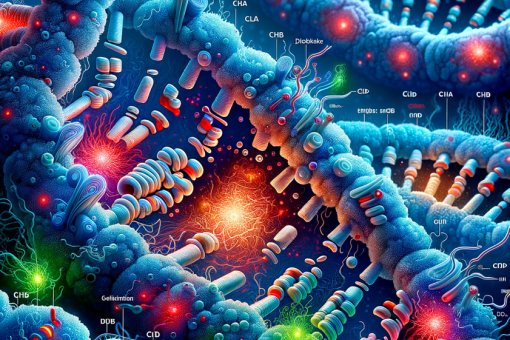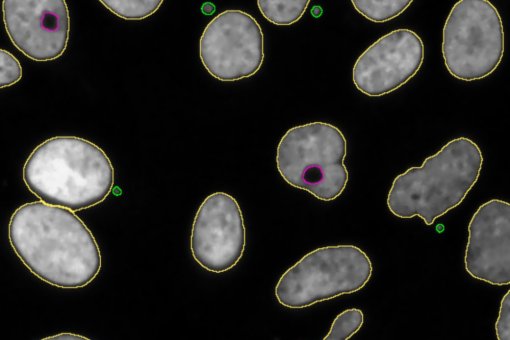Images
Contact

This finding has brought them the “Paper of the week” of the Journal of Biological Chemistry, one of the journals of greatest impact in basic biology.
Called SLIMP, the protein is required for mitochondria maintenance, the cellular powerhouses.
A study by the team headed by Lluís Ribas de Pouplana, ICREA professor at the Institute for Research in Biomedicine (IRB Barcelona), has been chosen as “Paper of the week” in the December issue of the Journal of Biological Chemistry, which is already available online. The article describes the discovery of a new protein in the fly Drosophila melanogaster (fruit fly) that is crucial for mitochondria. The removal of SLIMP in these flies leads to aberrant mitochondria and loss of metabolic capacity, thus causing death.
The study, whose first author is Tanit Guitart, a PhD student in Ribas’ lab, has been recognised as “Paper of the week” award because of the “significance and global relevance” of the research performed. Furthermore, the editors have included it among the best studies that have appeared in the journal this year. Of the 6600 articles published, only between 50 and 100 receive the distinction of “Article of the week”.
Result of animal evolution
The SLIMP protein derives from a seryl-tRNA synthetase, universal enzymes that are crucial for the synthesis of new proteins. However, SLIMP has lost its original function and performs a different biological role, which remains to be determined. The researchers studied its possible implication in the regulation of mitochondrial division and the interaction with nucleic acids (DNA, RNA).
SLIMP evolved by duplication of the seryl-tRNA synthetase about 540 million years ago, at the beginning of the Cambrian, before the appearance of the starfish and sea urchins family. SLIMP is not present in vertebrates, and it is possible that another protein has taken over its function. “If this were the case, we could look for the protein equivalent in vertebrates, determine its function and focus on these organisms. Here we have work for the next ten years”, says Ribas. This study was performed in collaboration with researchers in the groups devoted to “Heterogenic and Multigenic Diseases” and “Chromatin structure and function”, both at IRB Barcelona.
Reference article:
A new aminoacyl-tRNA synthetase-like protein in insecta with an essential mitochondrial function
Tanit Guitart, Teresa Leon Bernardo, Jessica Segalés, Thomas Stratmann, Jordi Bernués and Lluís Ribas de Pouplana
Journal of Biological Chemistry (2010) [DOI: 10.1074/jbc.M110.167486]
About IRB Barcelona
The Institute for Research in Biomedicine (IRB Barcelona) pursues a society free of disease. To this end, it conducts multidisciplinary research of excellence to cure cancer and other diseases linked to ageing. It establishes technology transfer agreements with the pharmaceutical industry and major hospitals to bring research results closer to society, and organises a range of science outreach activities to engage the public in an open dialogue. IRB Barcelona is an international centre that hosts 400 researchers and more than 30 nationalities. Recognised as a Severo Ochoa Centre of Excellence since 2011, IRB Barcelona is a CERCA centre and member of the Barcelona Institute of Science and Technology (BIST).
